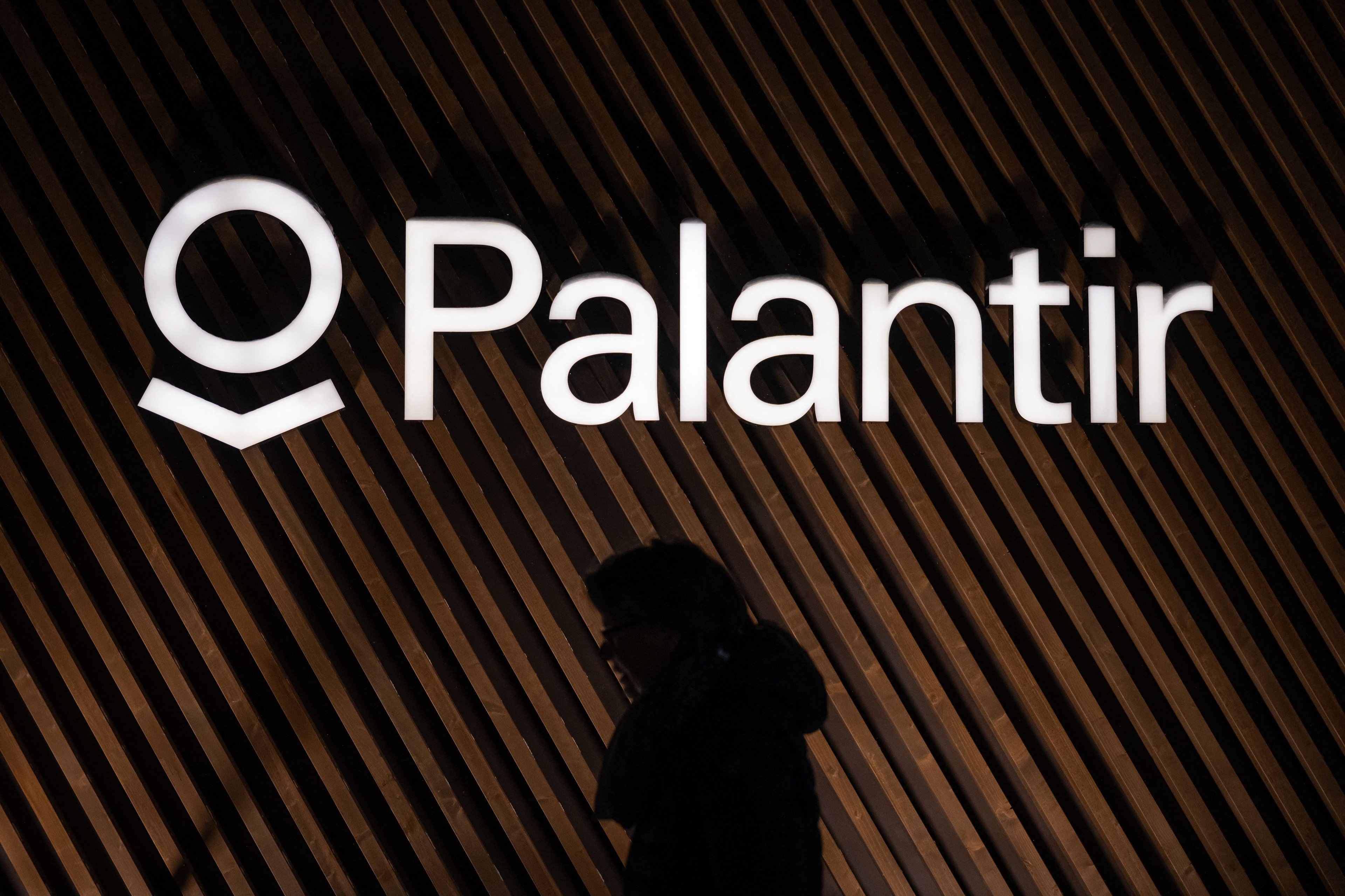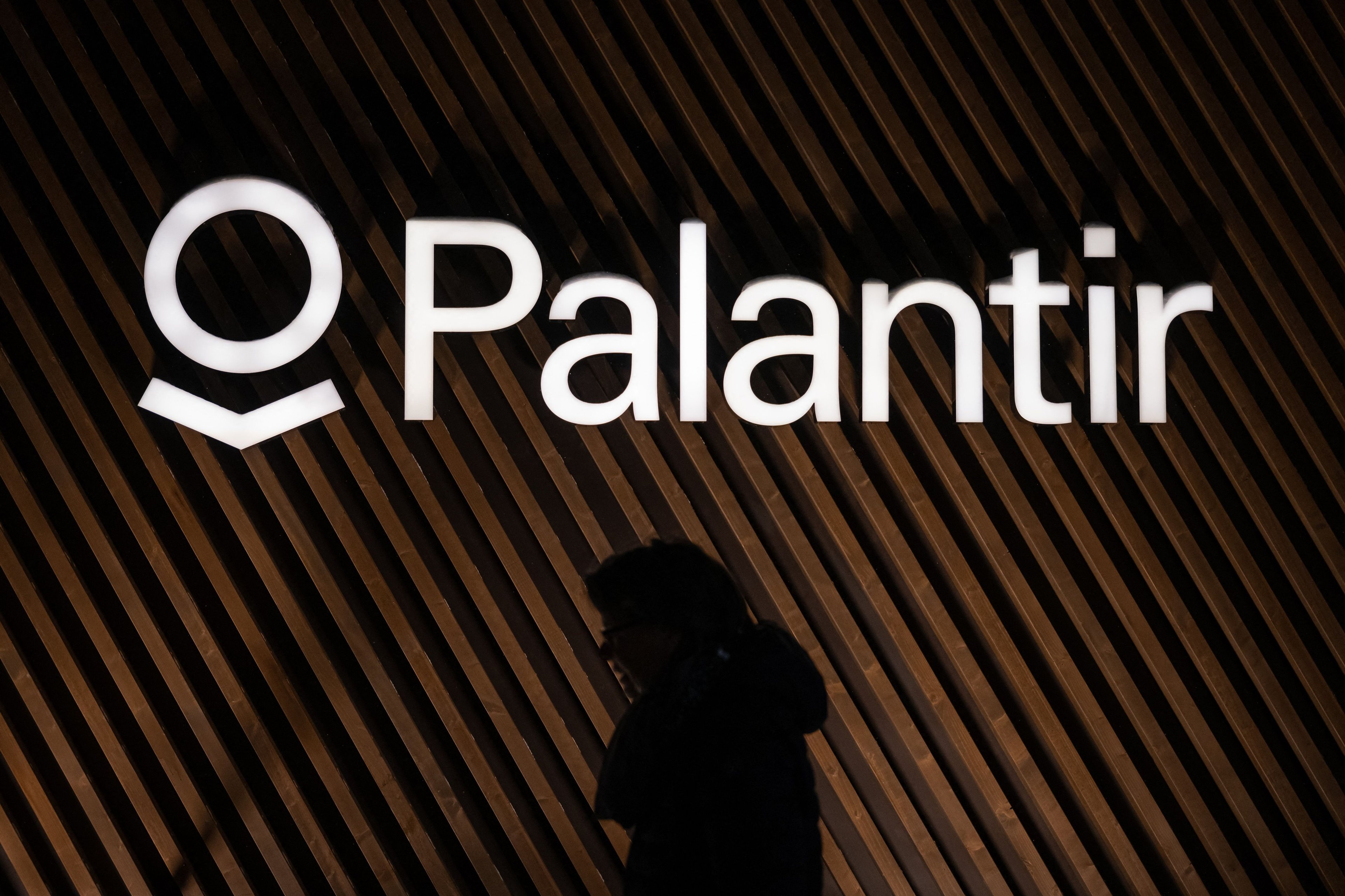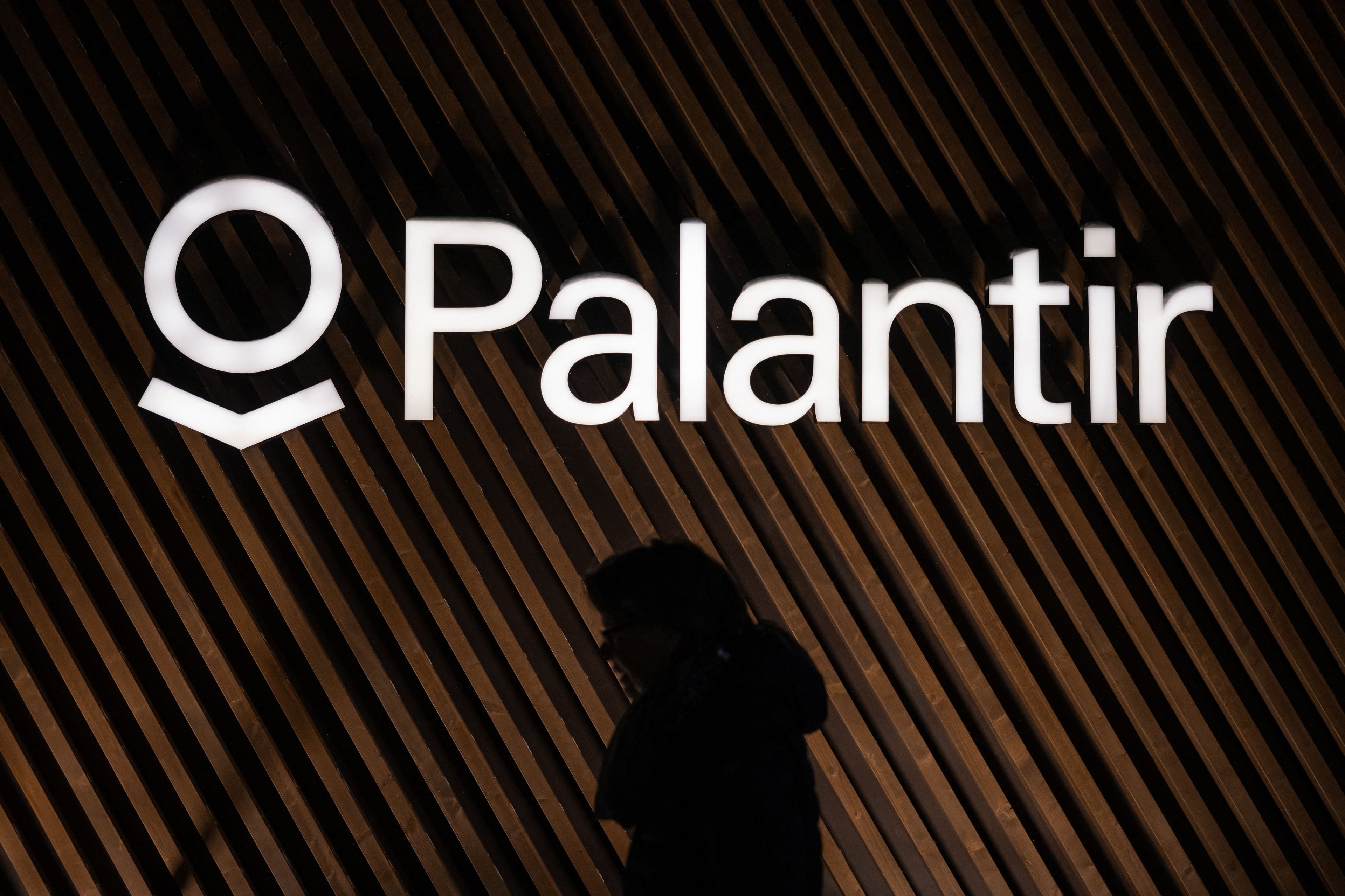Artificial intelligence (AI) has become one of the biggest talking points for businesses over the last few years. The number of S&P 500 companies mentioning "AI" on their earnings call climbed from less than 75 in 2022 to 241 during the first quarter, according to FactSet Insight.
A handful of companies have built big businesses around demand for artificial intelligence, or integrated AI to rapidly expand their addressable markets. Many of those companies have seen their stock prices soar over the last few years.
But not every high-flying AI stock is worth buying after a massive run up in its price. Wall Street analysts have soured on two of the strongest performers over the last few years. Some analysts now see tremendous downsides ahead.
Here are two AI stocks that could plummet over the next year, according to select Wall Street analysts.

Image source: Getty Images.
1. Palantir Technologies (74% potential downside)
Palantir Technologies (PLTR 2.15%) has been one of the best-performing stocks over the last few years. Since the start of 2023, the stock price has climbed an eye-popping 2,290%, and it now trades with a market cap exceeding $350 billion, as of this writing.
But multiple analysts think the stock has climbed too far, too fast. Just seven analysts covering the stock rate it a buy or the equivalent. Seventeen say to hold it, and Palantir has four sell ratings. The lowest price target on the Street is RBC's Rishi Jaluria, who has a $40 price target on the stock, a 74% drop from its current price.

NASDAQ: PLTR
Key Data Points
The reason for the low price target isn't lack of financial results. Palantir has seen its revenue grow substantially over the last few years, as it expands its addressable market through its Artificial Intelligence Platform, or AIP. The new platform makes it easier for users to interact with the big data software and find useful business insights and help make decisions. That's expanded the use cases for Palantir's software, especially as businesses generate more and more data. As a result, Palantir's U.S. commercial revenue has climbed quickly, including a 71% increase in the first quarter.
Moreover, Palantir has exhibited tremendous operating leverage. Instead of focusing on marketing and sales, CEO Alex Karp has put most of Palantir's manpower into building a better product. The idea is a better product will do the selling for itself. As a result, adjusted operating margin climbed to 44% in the first quarter, up from 36% in the first quarter last year.
Indeed, Palantir is firing on all cylinders. But Jaluria and many others on Wall Street think the valuation of the stock has climbed too high. "We cannot rationalize why Palantir is the most expensive name in software. Absent a substantial beat-and-raise quarter elevating the near-term growth trajectory, valuation seems unsustainable," he said.
Shares of Palantir currently trade for 228 times forward earnings and 78 times revenue expectations over the next 12 months. To put that in perspective, only a handful of S&P 500 stocks trade for more than 100 times earnings, and no others trade for more than 26 times sales expectations. Meanwhile, there are other companies growing sales even faster than Palantir, so it's a very hard multiple to justify.
2. CrowdStrike (26% potential downside)
CrowdStrike (CRWD 2.50%) has seen its share price climb 352% since the start of 2023 on the strength of its Falcon security platform. Despite a massive outage that shut down numerous IT systems around the world last July, the company has bounced back quickly. The stock has more than doubled since its lows last summer, reaching a market cap of nearly $120 billion.
But analysts are starting to look at CrowdStrike's stock with an increasingly critical eye. The stock received three downgrades this month from buy to hold, and one analyst initiated coverage with a hold as well. Over the last three months its buy ratings on Wall Street dropped from 41 to 31. And the lowest price target among them is $350, implying a 26% drop from the price as of this writing.
Again, valuation appears to be the biggest concern for the stock. Operationally, CrowdStrike has managed to grow its customer base as more enterprises look to consolidate their cybersecurity needs and opt to use CrowdStrike's broad portfolio of services. Forty-eight percent of its customers now use at least six of its modules, as of the end of the first quarter. That's up from 40% two years ago.

NASDAQ: CRWD
Key Data Points
CrowdStrike is leveraging AI on its platform with agentic AI capabilities through its new Charlotte platform, which helps take action upon detecting a security threat to button up the vulnerability. That's on top of its machine learning capabilities, which help it detect those threats in the first place. And with a growing customer base, it has more data to ingest into its AI algorithms, giving it a significant advantage over smaller competitors.
CrowdStrike has managed very strong growth over the last few years. Its annually recurring revenue climbed 20% in the first quarter, exceeding its guidance, and management expects that number to accelerate through the rest of the year as more businesses adopt its Falcon Flex platform.
Still, the stock now trades at a price-to-sales ratio of 22 times revenue expectations over the next 12 months. And while that might not seem so expensive compared to Palantir, it makes it the third-highest priced stock in the S&P 500 by that valuation metric. And if you prefer to look at its earnings, it's one of the handful of stocks in the index trading above 100 times estimates, 135 times, to be exact.
While it's possible CrowdStrike or Palantir continue to climb higher from here, it's probably worth taking money off the table at this point and finding better values in the market.





